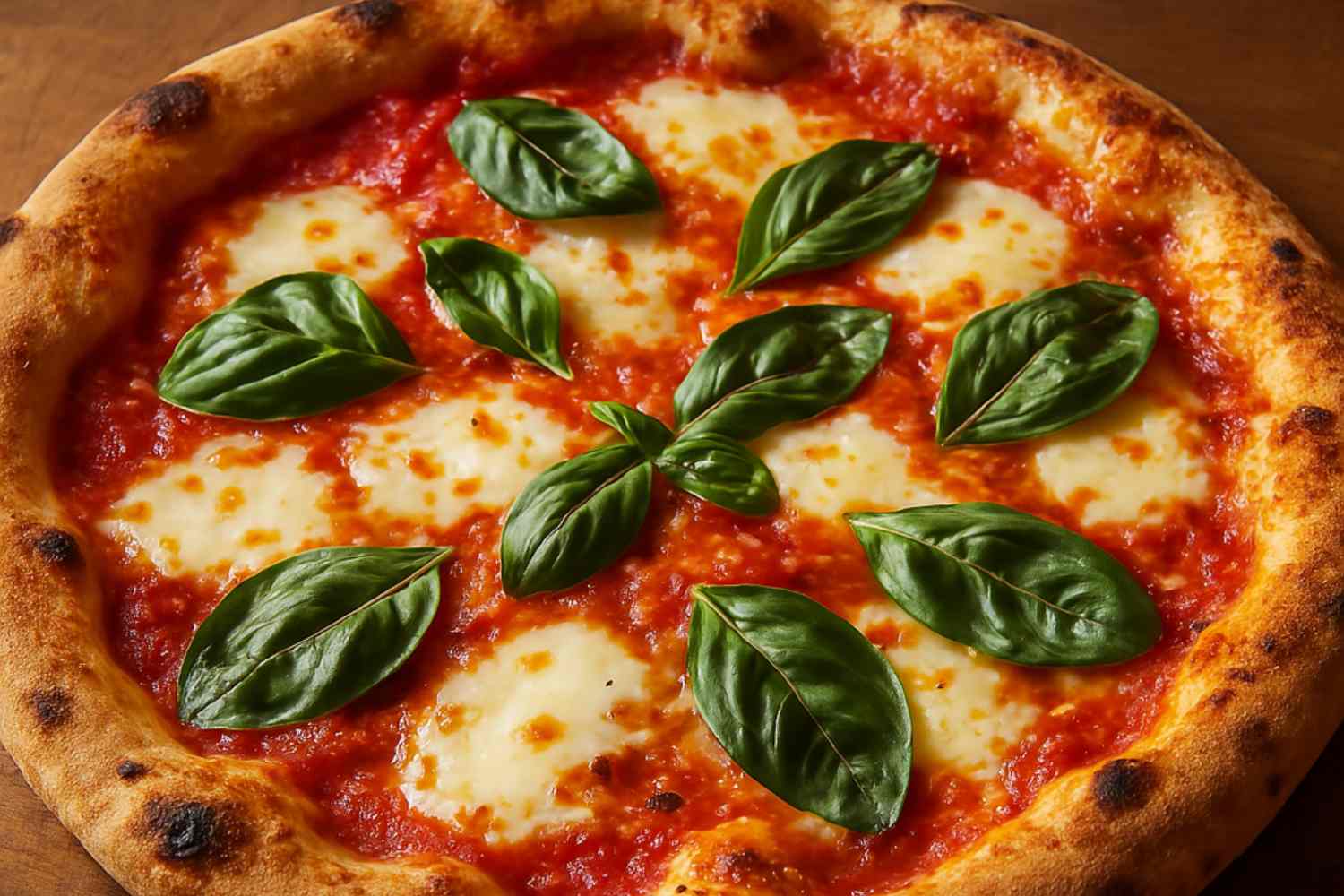AI-generated food images, especially those with slight imperfections, make us uncomfortable, according to a new study, with many calling them “creepy.”

A recent study published in the journal Appetite and conducted by the University of Duisburg-Essen revealed an unexpected reaction to food images generated by artificial intelligence (AI). Despite sometimes hyper-realistic appearances, many individuals find these images disturbing, particularly when they show slight visual imperfections.
The research was based on the theory of the “uncanny valley,” a concept developed by Japanese scientist Masahiro Mori, which describes the discomfort caused by objects that are almost, but not entirely, realistic. The study involved 95 participants, who evaluated 38 AI-generated food images, varying in realism: from highly realistic to obviously artificial, including some depicting spoiled or deteriorated dishes.
“Images that were almost perfect but had small errors, such as incorrect proportions or unnatural textures, were rated as the most unsettling,” said the study’s lead researcher. “On the other hand, fully realistic or clearly fake images caused less discomfort, likely because the human brain is better able to classify them as either safe or fake.”
Food neophobia: a new perspective
An interesting aspect of the study emerged when comparing the perception of these images with food neophobia, or the fear of trying new foods. People with higher levels of food neophobia tended to experience greater discomfort when viewing imperfect images, while mere sensitivity to disgust did not appear to be a significant factor. Additionally, individuals with a higher body mass index (BMI) showed more tolerance—and in some cases, even an appreciation—for AI-generated food images.
“These findings raise important questions about the use of AI in food marketing,” said the study authors. Even small visual errors can undermine the effectiveness of an advertising campaign, turning a dish from appetizing to off-putting. As a result, it’s crucial to use these technologies carefully, especially in industries where the visual appeal of food is critical to commercial success.
The study also suggests that human evolution has made us particularly sensitive to visual anomalies in food as a mechanism for self-protection. However, this ability can also lead to false alarms, prompting us to reject perfectly safe foods simply because they appear “wrong” or— in this case—are generated by AI.
Source: Appetite
